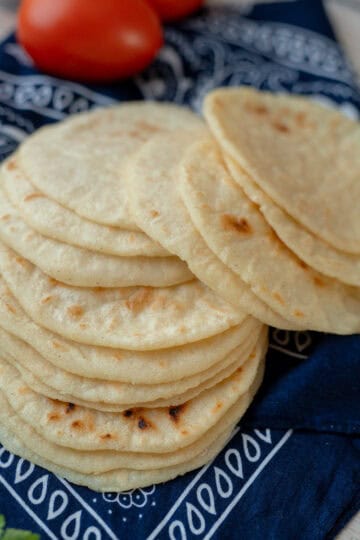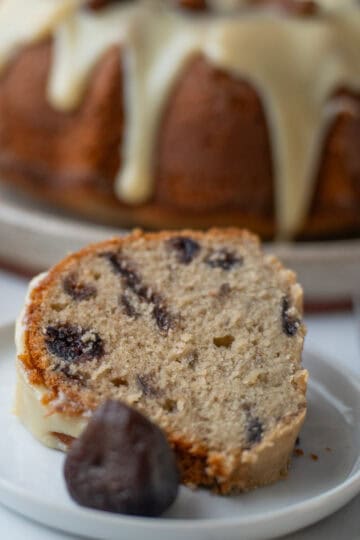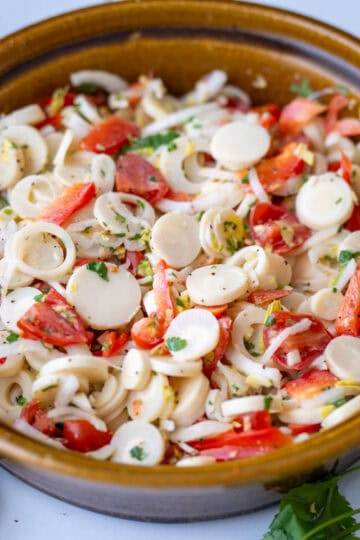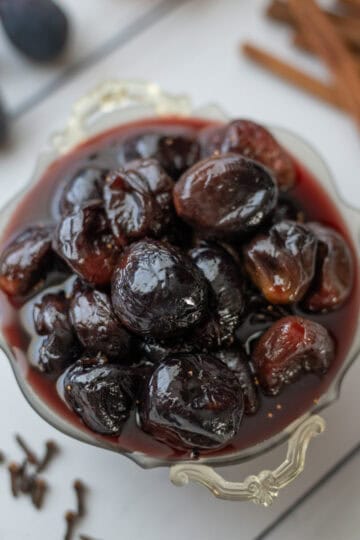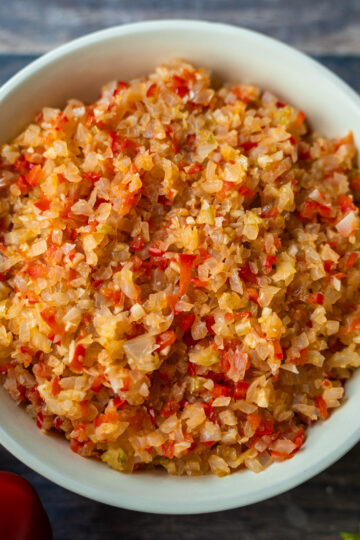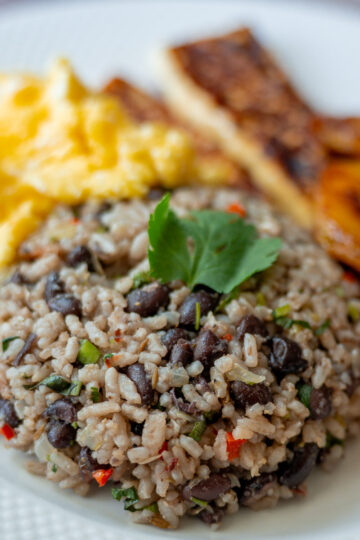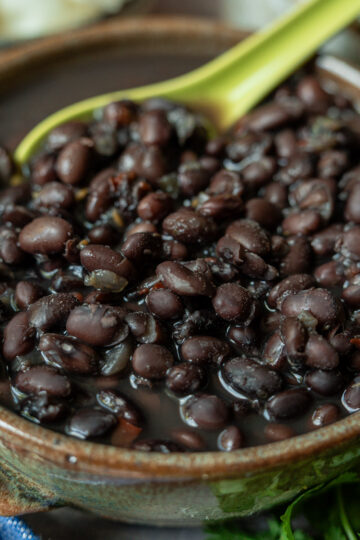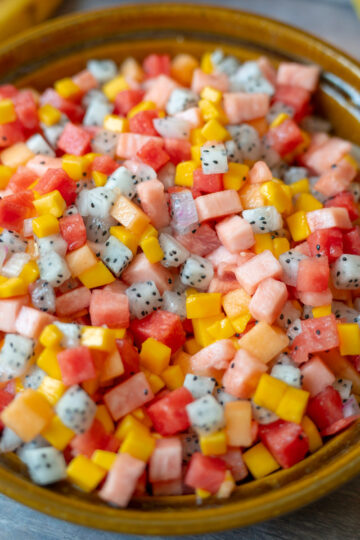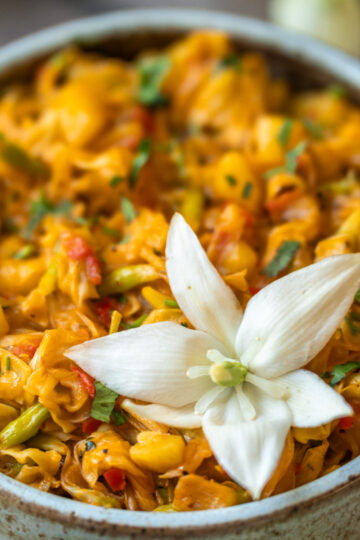Top 10 Recipes
- Homemade Corn Tortillas
- Tilapia Ceviche — Costa Rican Style
- Fig Cake with Condensed Milk Glaze-Queque de Higos
- Costa Rican Heart of Palm Salad
- Costa Rican Fig Preserves Recipe
- Costa Rican Hot Dogs
- How to Make Sofrito (Costa Rican Version)
- Authentic Costa Rican Gallo Pinto
- Costa Rican Homemade Black Beans
- Tropical Fruit Salad With Honey Lime Dressing
- Fluffy White Rice – Authentic Costa Rican Recipe
- Yucca Flower Recipe

